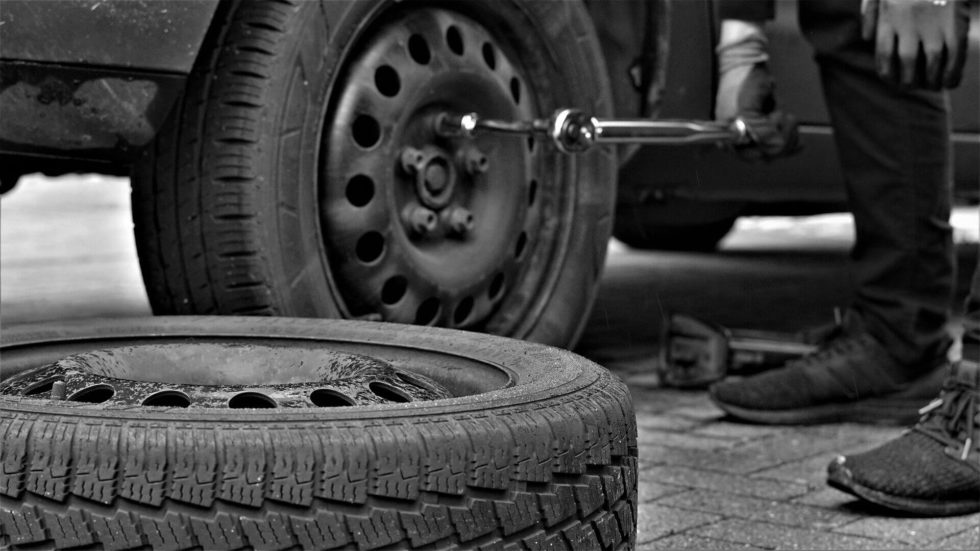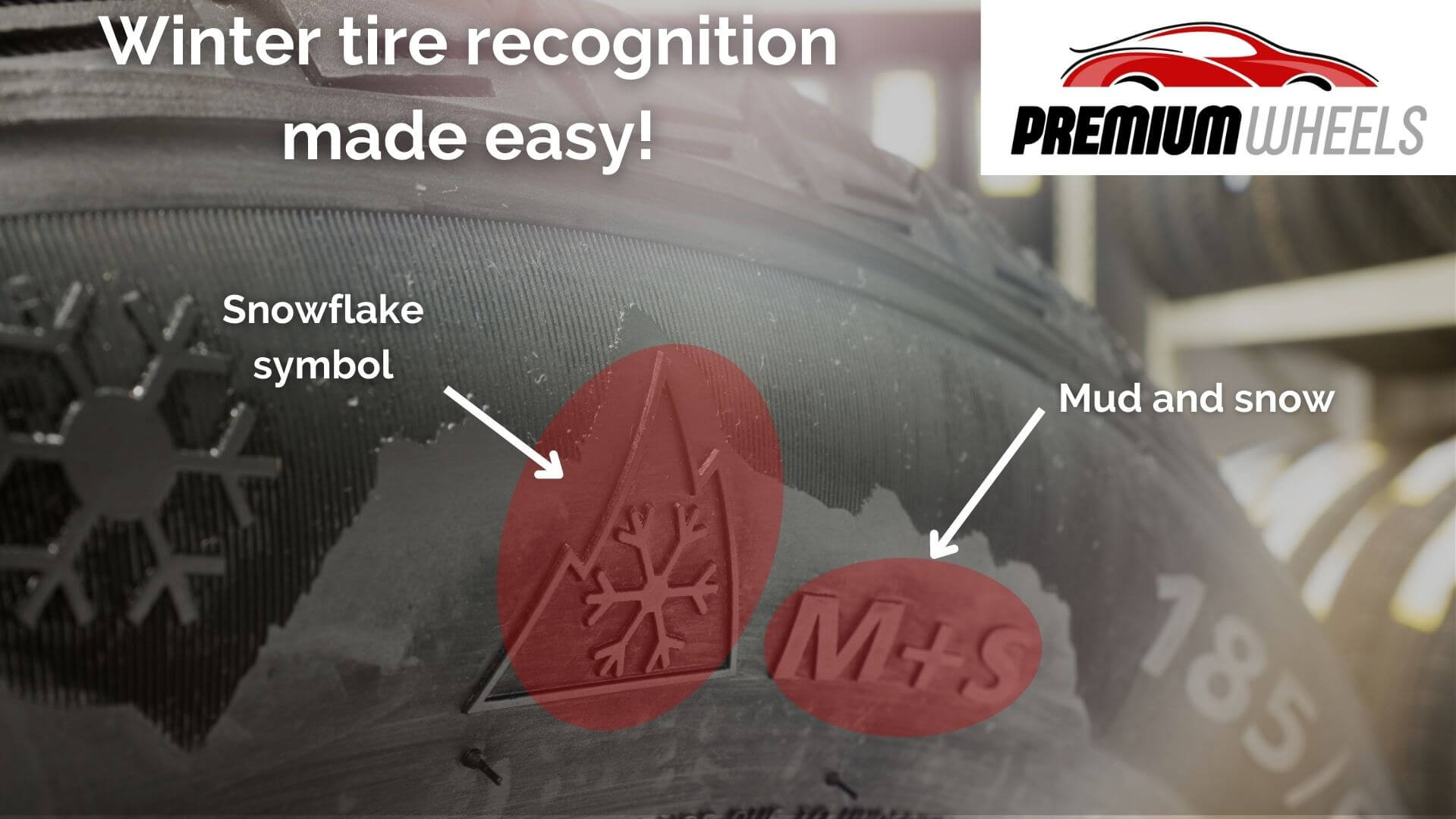02/01/2023

Why the Change to Winter Tires is Important
The first snow falls and it's that time of the year again — the summer tires have to come down. Once again, it's time to mount the winter tires before there's another stern talk from mechanic or even an accident. But why is everyone so concerned with winter tires? What is the difference between summer tires and winter tires? Aren't all-season tires also sufficient?
This is the Difference between Summer and Winter Tires
Summer and winter tires are constructed differently. The summer tire is made of very hard rubber so that it can withstand the high temperatures. It has very few incisions (or ‚sipes‘), unlike the winter tires. They are needed so that the winter tire has better grip when driving on ice, slush or snow. The summer tire is specially designed to perform perfectly in warm temperatures. With a hard rubber compound, the summer tire is also more fuel efficient, as there is less rolling resistance than with the winter tires. Therefore, of course, it is not advantageous to drive it in winter.
This is exactly why the change is so important. It is simply too dangerous to drive the wrong tires at the wrong time of year. The grip is no longer given, so the braking distance can increase. To make a winter tire even more recognizable, there are small symbols on the tire sidewall. The snowflake with the three mountain peaks and the M+S (mud and snow) symbol indicate that this is a genuine winter tire. All-weather / all-season tires must also bear the M+S (mud and snow) symbol, otherwise they are not permitted on the road. Alternatively, a snowflake symbol also marks tires as ready for winter.

Reasons for the importance of changing tires
In many places, there is a winter tire obligation. They often specify that in adverse weather conditions, such as black ice, the use of "M+S tires" is mandatory. However, an exact time period is often not given. The general rule is that winter tires should be fitted to the vehicle from October to Easter, i.e. from "O to E". Although this change is annoying for many drivers, they should not do without.
Driving with summer tires in winter or vice versa can be very dangerous. Even at low temperatures, the rubber of the summer tires hardens. As a result, summer tires lose their grip on the road, which can lead to longer braking distances and thus to rear-end collisions. Even in slush and snow, winter tires have the necessary grip because they remain soft in cold conditions and have deeper tread grooves than summer tires. However, winter tires are clearly at a disadvantage on dry roads in terms of braking performance. In addition, they have a higher wear rate at warm temperatures due to the softer rubber.
In addition, drivers who do not drive with the right tires face problems. In some states, drivers risk their insurance coverage. In the event of an accident, the insurance company could deny part of the benefits due to gross negligence. Of course, tires must generally be changed if they are too worn.
Legally Prescribed Tread Depth for Winter Tires
The tread depth for winter tires is prescribed by law. It must be at least 1.6 mm around the entire circumference. However, she should point out that tires with a tread depth of 4 mm already begin
Similar articles:
- Woran erkenne ich Winterfelgen?
- Snow Chains for Alloy Wheels
- Reifenprofil
- Sommerreifen: Tipps und Hinweise zum Wechsel























